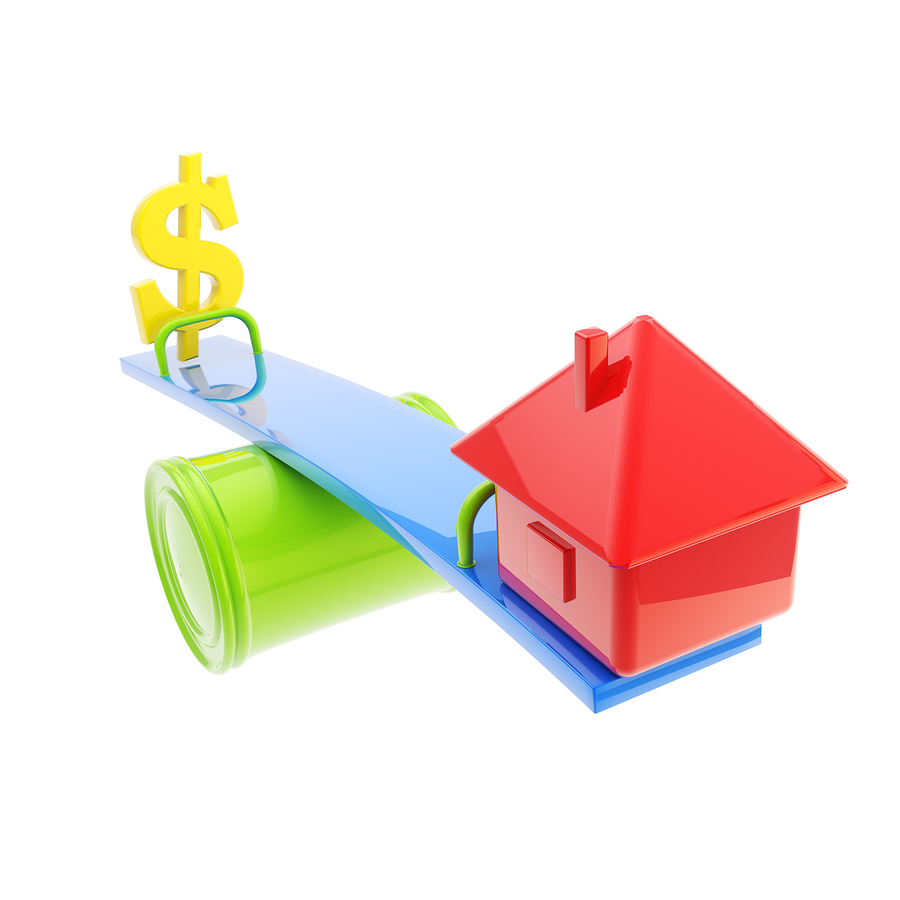
Leverage is a very powerful concept and tool in Real Estate, and makes Real property one of the best, if not best, places to invest your money.
The concept of leverage is relatively simple:
You use other peoples’ money to control an asset that appreciates in value. You bring some equity to the purchase (20% is the magic number) and then the bank brings the remaining 80%. You pay ridiculously low interest rates for this luxury (how about less than 4%?) and then if your property increases in value and you sell it, you alone keep the profits, oftentimes tax free if its your primary residence.
In many cases Leverage allows a person to simply purchase a home since the vast majority of home buyers could not purchase said asset in cash.
Leverage also allows someone who has lots of cash, like a Real Estate Investor, to purchase many times more properties than he or she would be able to without leverage, and “lever” his or her money into far greater profits.
Let’s look at some examples:
A Real Estate Investor has $100,000 to invest. He could either buy one property for $100,000 or Five properties for $100,000 each ($500,000 total), placing a 20% or $20,000 down payment on each. Assuming each property appreciates 5% per year, after one year with the single property he has effectively realized a $5,000 gain in net worth, whereas with the 5 properties he has realized an effective gain in his net worth of $25,000. In the first example the investor may collect more profit in “rental income” since there is no mortgage, but he would pay the nominal tax rate on that rental income. and then he would need to find a vehicle to invest the profits to achieve a greater than 5% return. This is getting into Real Estate 201 which I will cover in another post about calculating Investment Property Returns and ROI calculators.
The second scenario is one we can all relate to: using leverage to purchase our primary residence. Using Leverage or Other People’s Money, in this case a bank, will allow you to purchase a home much much much more expensive than you could ever buy outright, while benefitting from all the rights of ownership. You alone “own” the home and can sell it at any time, can make repairs/upgrades, can do essentially whatever it is with that home that you like as long as you make your monthly mortgage payment.
Sometimes buyers will use leverage to a large degree, i.e. being highly leveraged, to get into home ownership. This would be the case of a very low downpayment like 0% down such as a VA loan, or a 3% down or FHA 3.5% down. These loans are highly leveraged since the Loan to Value is very high. The buyer has very little equity. These are very risky loans and as such need to be guaranteed by the Federal Government and require mortgage insurance.
Other times, buyers will only put 20% down, even though they have the ability to put much more down. They may be able to put 50% down or more easily. This is a great example of leveraging your investment. I myself am fond of this and I do not foresee ever putting more than 20% down on a house. For example, let’s say you buy a $500,000 house, and put 20% down or $100,000. LEt’s also assume that you could have put 50% down or $250,000. With 20% down, you still get the same low rate from the bank, below 4%, and you get to keep the extra $150,000 of cash on hand to be deployed to other investments that could easily earn 6%-8%. Additionally, since your loan is bigger, you will enjoy greater tax deductions.
Using leverage to your advantage is a financially savvy way of not only purchasing real estate, but profiting handsomely from real estate ownership.




Leave a Reply